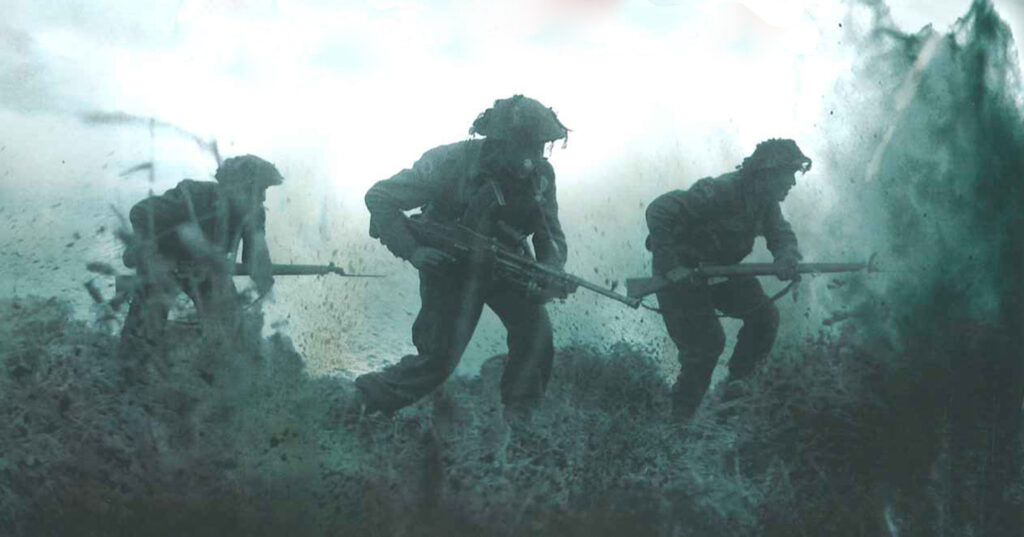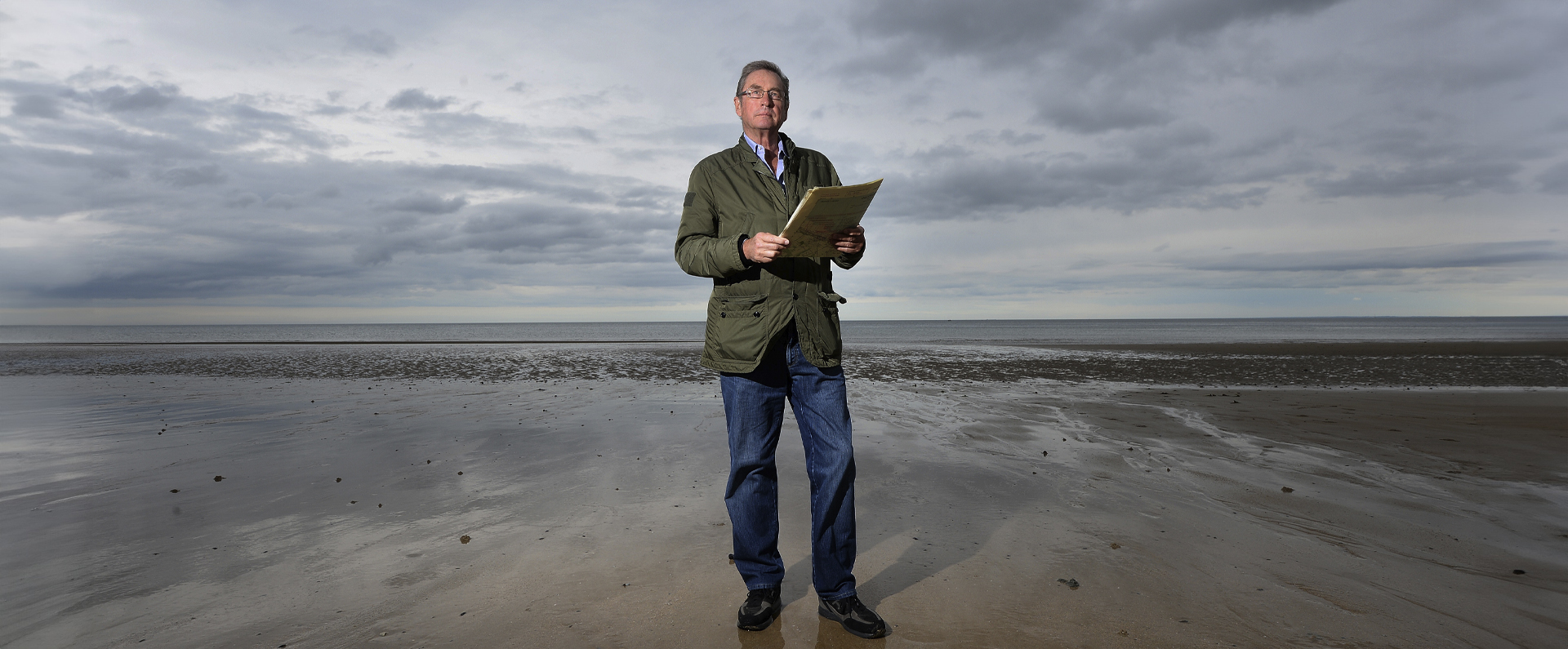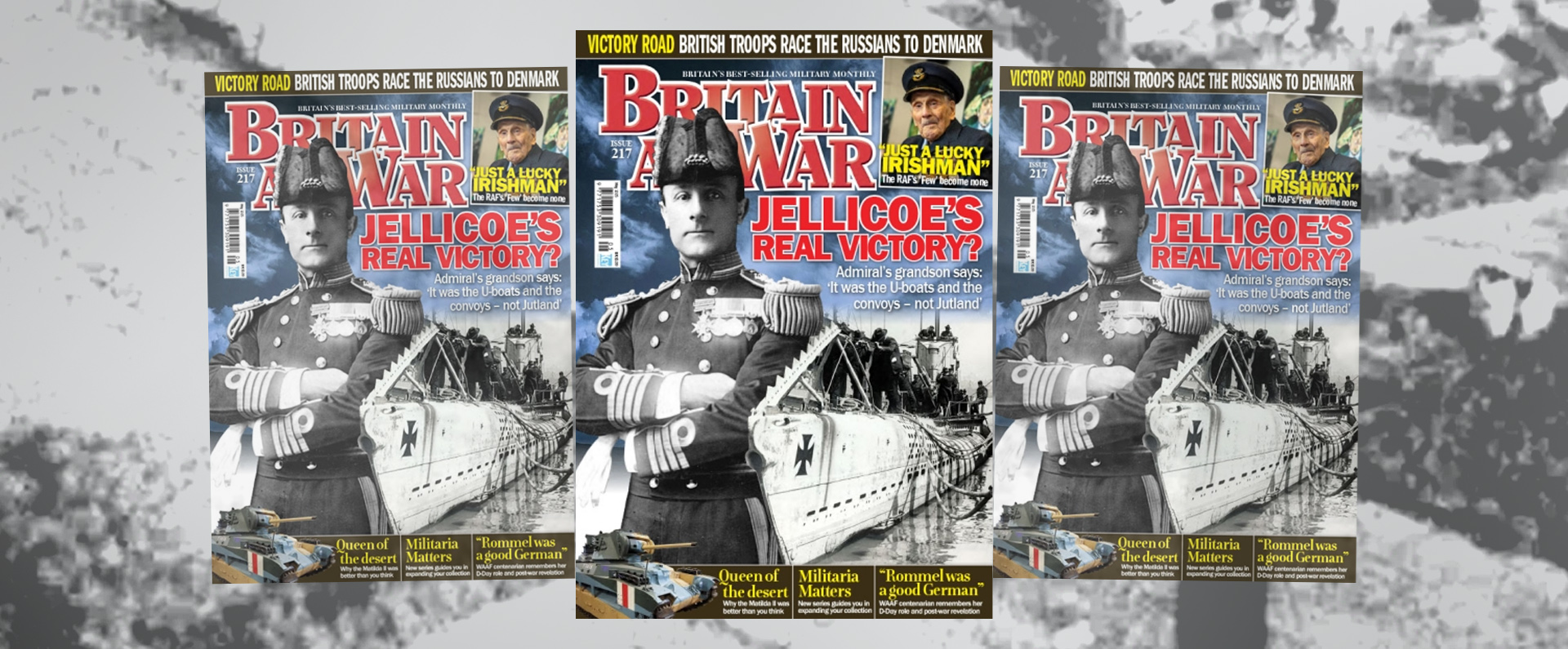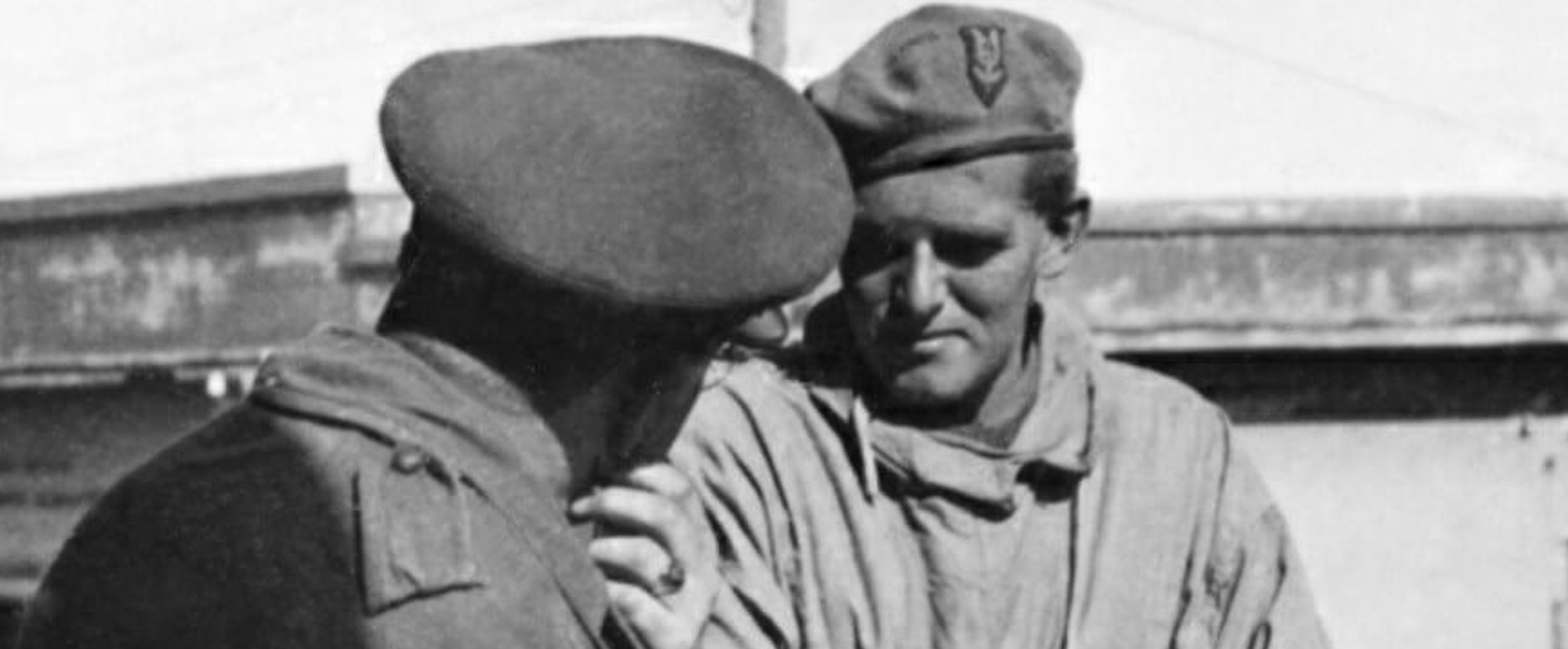
The Mail on Sunday’s The Critics review, by Patrick Bishop on 23 November 2008
Along with football, cricket and rugby, Britain can claim to have given the idea of special forces to the world. We were the first to see and properly organise small, ruthless groups that operate behind enemy lines and wreak havoc.
Armies came late to the idea. Until the 20th Century, prevailing military culture considered guile and concealment to be rather unsporting. But we, the champions of fair play, have proved as successful in exporting the special forces concept as we have our favourite games.
In Afghanistan today you cannot move without tripping over elite units of Australians, Poles, even Estonians, all of whom take the Special Air Service as their model. The notion that their work is somehow ignoble disappeared long ago, and the upper reaches of the Army are studded with men who have done time with the SAS.
The public perception of special forces is that they require event more courage than regular troops. It is not a view that anyone who has seen ‘ordinary’ British troops stepping out of their bases every day into the bomb-infested lanes of Helmand would necessarily endorse. But the footsoldiers’ brand of bravery is dogged and routine. The nature of special forces operations lends itself to outstanding displays of heroism: the sorts of feats Michael Ashcroft sets out to celebrate.
The author is better known as Lord Ashcroft: zillionaire and deputy chairman of the Tory party. Since childhood he has been fascinated by military derring-do and has amassed the world’s biggest collection of special-forces medals.
He starts with a little-known episode from the Crimean War, which is when he believes the history of British special forces raids began.
A Navy lieutenant, John Bythesea, aided by a mysterious stoker called Johnstone or Johanssen, cooked up a plan to hijack a delivery of dispatches to a Russian fort on an island via the Baltic. They rowed ashore, ambushed the messenger party then fled with captured documents and three prisoners. Both were awarded the newly created Victoria Cross for their exploits.
From then on, there is a succession of stories of heroism and endurance from both world wars and the shadowy conflicts in places such as Oman and Northern Ireland.
Ashcroft believes that courage comes in two broad categories: ‘spur of the moment bravery and cold courage’. This book deals with the second variety, the ‘truly special sort of valour to go undercover behind enemy lines or to be part of a small, elite unit on a hit and run raid against a far larger source’. If the mission goes wrong, the soldier faces at best capture and imprisonment, at worst torture and death.
Some of the operations seem startling in their almost lunatic boldness. They include the mission led by Lt Col Geoffrey Keyes in 1941 to attack Rommel’s headquarters 250 miles behind enemy lines in Libya. It took three days to reach the target, by which time only three of the men were able to take part in the final assault. The operation turned out to be pointless: Rommel was not there and all but two of the 30-man force were captured or killed, including Keyes, who received a posthumous VC.
The last episode to be recounted in detail is the spectacular rescue by the SAS and Parachute Regiment of British soldiers being held by the West Side Boys militia in Sierra Leone in 2001.
Ashcroft writes with engaging schoolboy enthusiasm, steering clear of analysing the motives or pysches of his subjects. Therefore, the book is essentially a string of rattling yarns, but it is none the worse for that.
Download a PDF of this article.
For more information, visit:
LordAshcroftOnBravery.com


